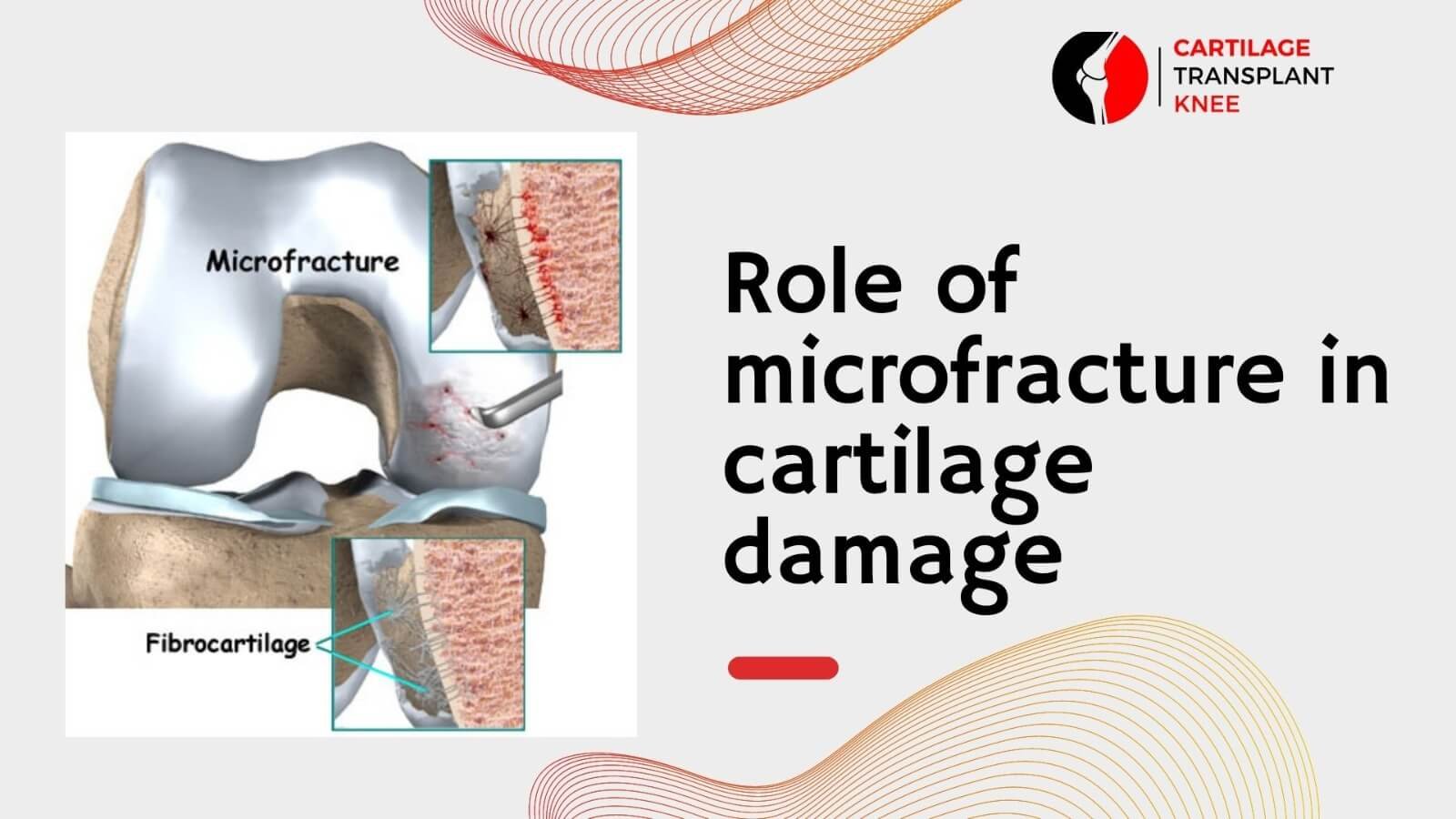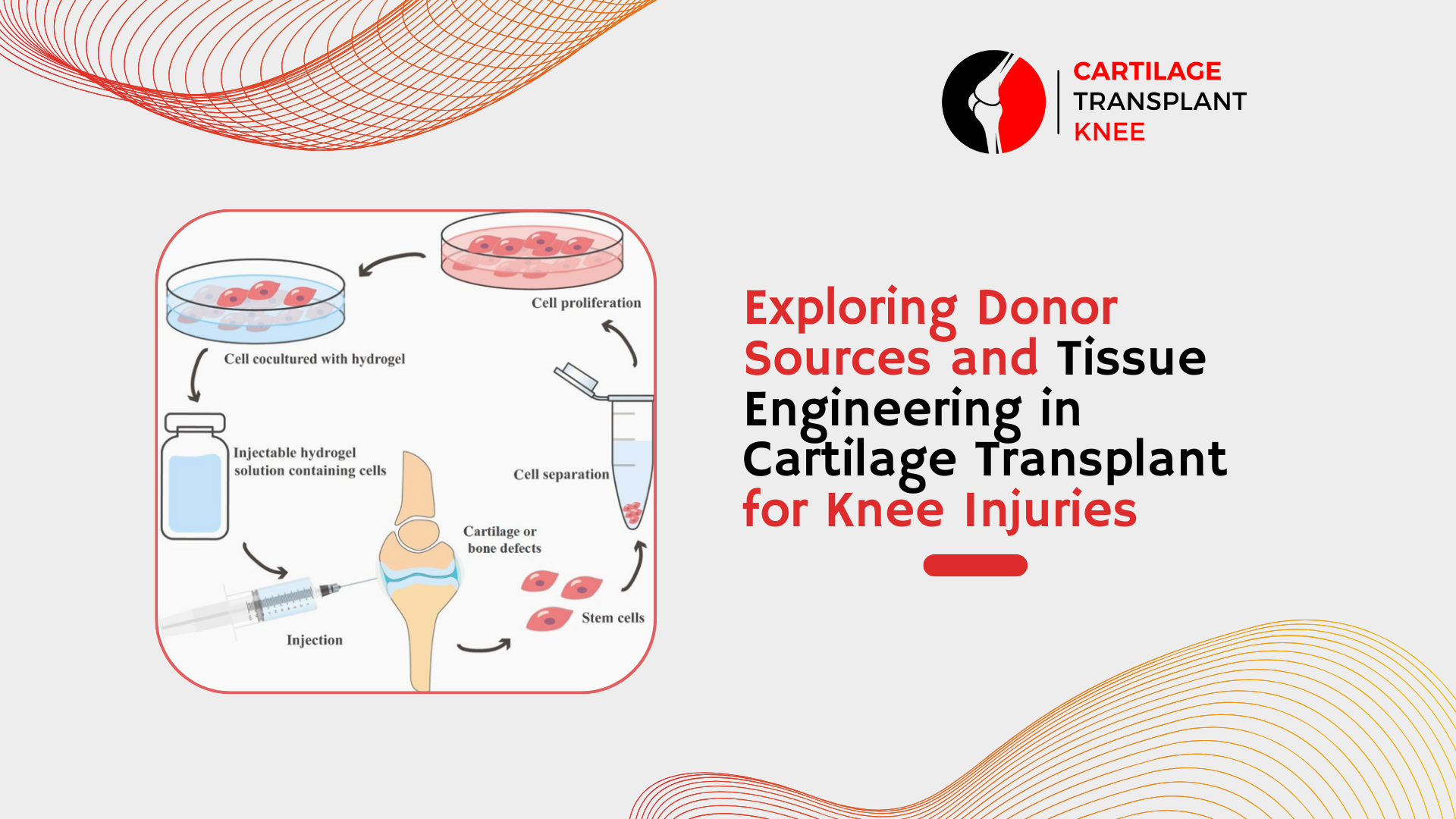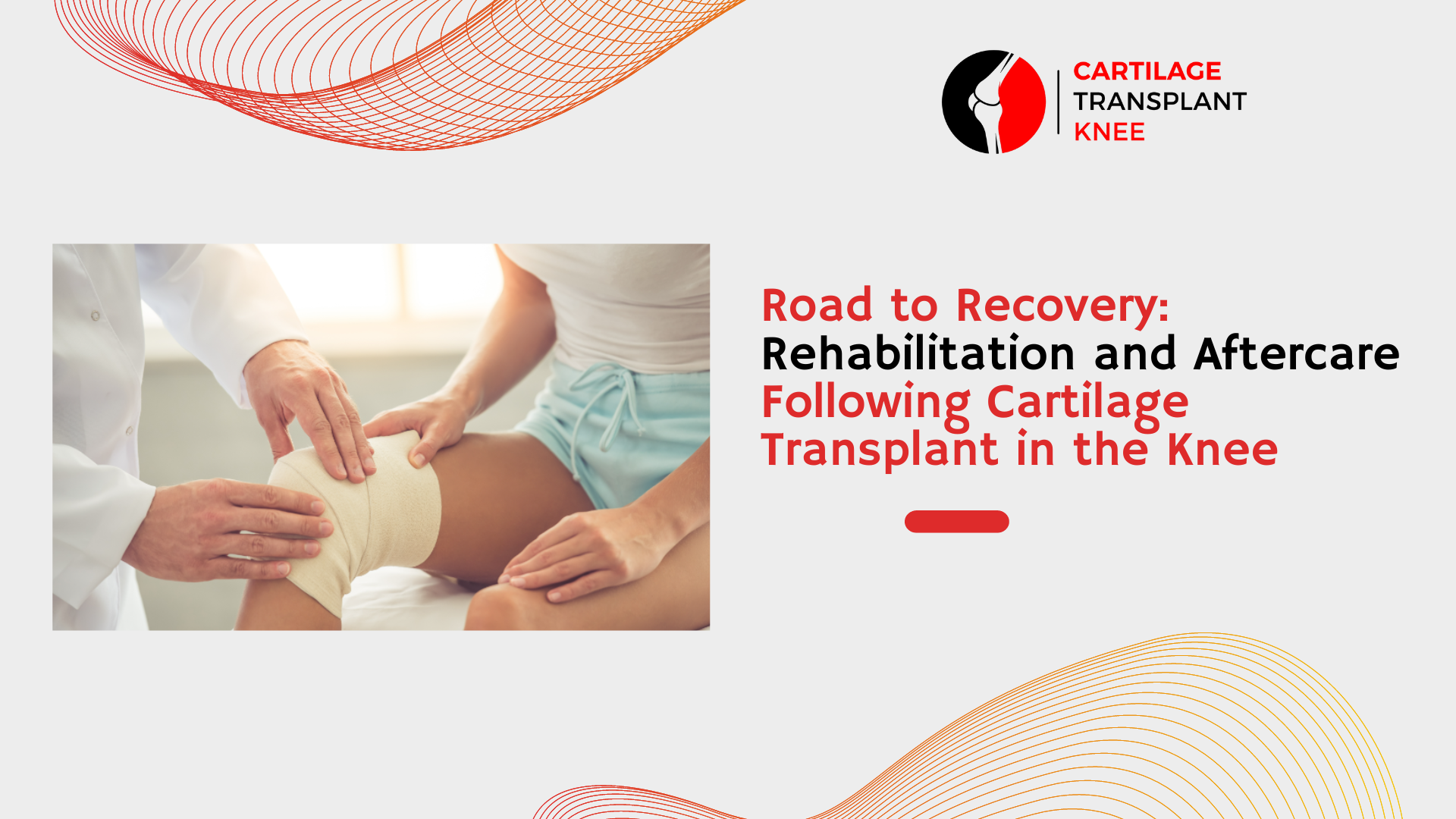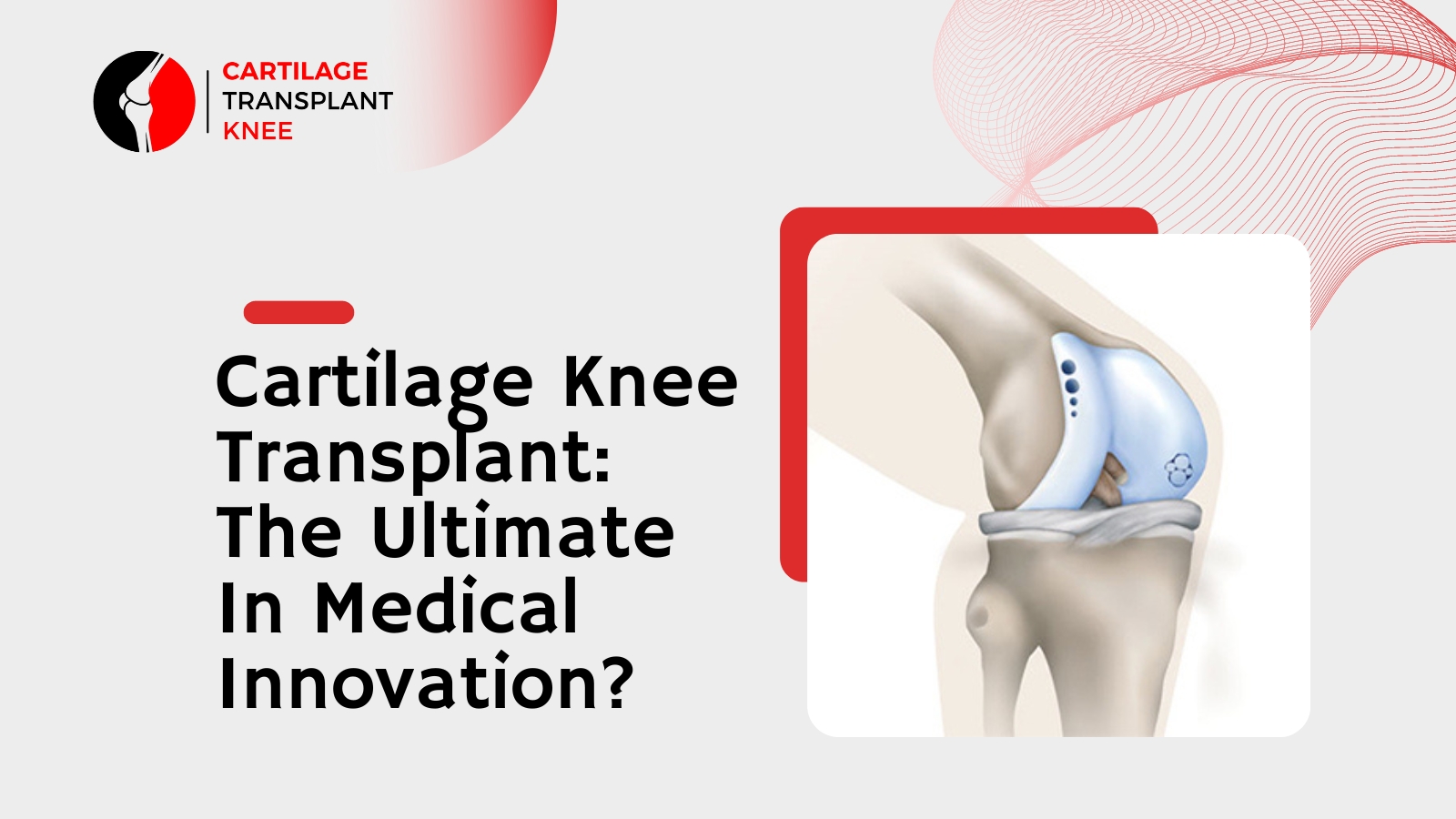Cartilage is a type of connective tissue that covers the ends of bones, providing cushioning and shock absorption during movement. It is a complex tissue with a limited capacity for self-repair. Damage to cartilage can occur due to injury, wear and tear, or degenerative conditions such as osteoarthritis. While there are several treatment options available for cartilage damage, microfracture is a popular procedure that has gained significant attention in recent years. In this blog, we will explore the role of microfracture in cartilage damage and its potential benefits and limitations.
What is microfracture?
Microfracture is a minimally invasive surgical procedure used to treat cartilage damage. The procedure involves making small punctures or "microfractures" in the bone beneath the damaged cartilage. These microfractures stimulate the formation of a blood clot that fills the area of cartilage damage. The clot then forms a scaffold for the growth of new cartilage cells, which eventually form a new layer of cartilage over the damaged area.
The procedure is typically performed arthroscopically, which means that a small camera and instruments are inserted into the joint through small incisions. Microfracture is usually done as an outpatient procedure and requires a relatively short recovery period.
Benefits of microfracture
Microfracture has several potential benefits for patients with cartilage damage, including:
Minimally invasive: Microfracture is a minimally invasive procedure, which means that it requires only small incisions and causes minimal damage to surrounding tissues. This can result in less pain and faster recovery times compared to more invasive procedures.
Stimulates natural healing: The microfracture procedure stimulates the body's natural healing response, encouraging the growth of new cartilage cells. This can result in a more natural repair of the damaged area.
Effective for small to medium-sized defects: Microfracture is most effective for small to medium-sized defects of the cartilage. It has been shown to produce good results for defects up to 4 cm2 in size.
Cost-effective: Microfracture is a relatively low-cost procedure compared to other cartilage repair techniques, such as autologous chondrocyte implantation (ACI).
Limitations of microfracture
While microfracture has several potential benefits, it also has some limitations. These include:
Limited durability: The new cartilage formed through microfracture may not be as durable as the original cartilage. This means that the repaired area may be more prone to further damage and may require additional treatments in the future.
Not suitable for large defects: Microfracture is not effective for repairing large defects of the cartilage, as the new cartilage formed may not be able to withstand the forces exerted on it during movement.
Requires strict post-operative rehabilitation: The success of microfracture depends on strict adherence to post-operative rehabilitation, including a period of non-weight-bearing and the use of crutches or a brace. This can be challenging for some patients, particularly those with limited mobility.
Conclusion
Microfracture is a minimally invasive surgical procedure that can be an effective treatment option for small to medium-sized defects of the cartilage. While it has several potential benefits, it also has some limitations, including limited durability and the need for strict post-operative rehabilitation. If you are considering microfracture for cartilage damage, it is important to discuss the potential benefits and risks with your doctor to determine if it is the right treatment option for you.









